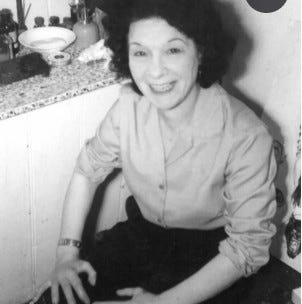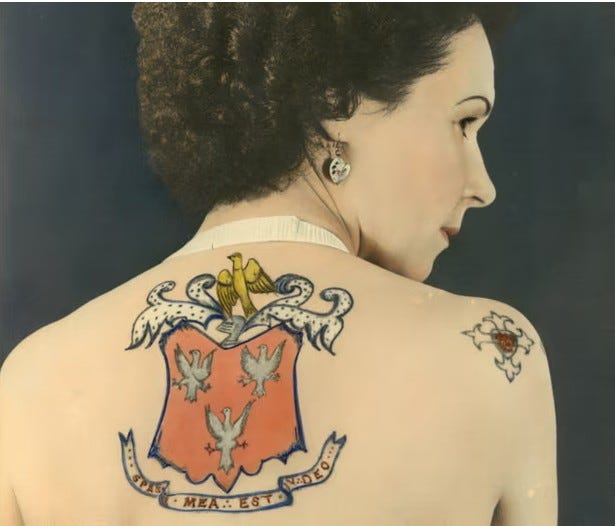
When I scour the internet for stories of badass women in history, I look for a multitude of things. Some are true heroines, acting on extreme bravery. Others broke into male fields knowing they would never experience acclaim—or even respect. And there are those like today’s highlight: radical women who shattered expectations of what women should be.
Jessie Knight stood under five feet tall, always carried a wicked sense of humor, and could sling a gun with the best of them.
Born in South London in 1904, she was the oldest of eight children and granddaughter of a famous poet. Jessie came from a long line of eccentrics, including an outrageous mother and adventurous father. The family moved along the coast with their dad, who worked in the circus. Young Jessie joined the family business by acting as her father’s sharpshooting dummy—don’t worry, he only nicked her with a bullet twice—as well as a bareback horse-rider, and pistol-spinning markswoman.
Another skill she picked up from her father was tattooing. He worked as a sailor for a time and returned with the skills and interest to guide young Jessie toward a brand new career. Women weren’t getting many tattoos in the twenties, let alone performing them. That didn’t stop Jessie.
By the time she hit eighteen, she was a full-time tattoo artist with her own shop in South Wales, having taken over for her father when he went off to sea. Initially, her clientele consisted mostly of sailors, but as Jessie broke every rule there was, the world of tattooing opened up for women.
Tattoos were hugely stigmatized, seen as only for “low-class” individuals and criminals. Body drawings were viewed as body disfigurement rather than art. In a very male-dominated world, Jessie thrived, breaking the stigma of body ink, especially for women.
Audaciously, she handed out business cards touting, “The world famous Jessie Knight: expert freehand lady tattoo artist.” She maintained her tough edge, even among slander and disrespect. Sailors often came in drunk and rowdy, and she was often called a whore—history’s favorite disparaging attack for women. Rivals spread rumors of her not cleaning needles, and men often broke into her shop. Customers and fellow tattooists mocked her. She routinely experienced sexual assault. Men in the industry simply went to work while Jessie fought an entire culture who attacked her.
She left tattooing for seven years when she married at age 27 and her new hubby forced her to give it up. This abusive man caused her to lose several pregnancies. When he kicked her dog down the stairs, she shot at him with a pistol she earned in a tattoo trade, before finally divorcing him and returning to the tattoo circuit.
Let’s take a minute to highlight how women like Jessie rarely make it into museums and history books. Counterculture icons keep their stories alive through storytelling and lore. She turned away from the traditional expectations of her time and devoted her life to bringing art and body positivity to all walks of life. And she’s been largely forgotten.
She only had a few tattoos on herself, including multiple dots on her hands where she tested colors on herself before using them on customers. She was notoriously secretive with her sketches, sitting on a locked trunk full of her art while she worked. Being a woman made her a target, and her work was often stolen. Years after her death, her family donated the contents of her trunk to the National Maritime Museum of Cornwall.
Jessie tattooed well into her sixties, which is also when she took a lover half her age. Though she lived a quiet life into her eighties, she rarely discussed her career and how she was a groundbreaking pioneer and the UK’s first professional female tattoo artist.
They call me this, they call me that,
They call me a vampire and a nasty cat.
But a Tattoo Artist I’ll always be…
-poem in Jessie’s diary, written in the 1940s.
Jessie Knight
1904-1992







I love this woman!!! Thank you for bringing us her story. The poem is wonderful.
Love this one.